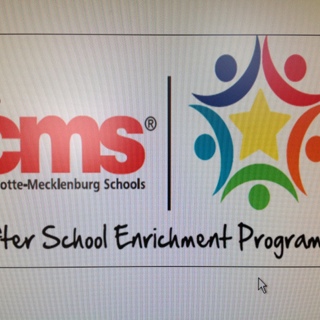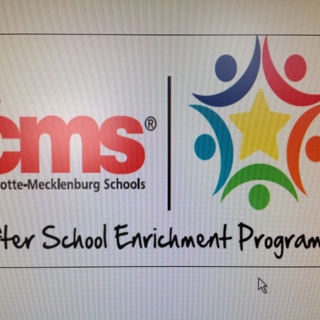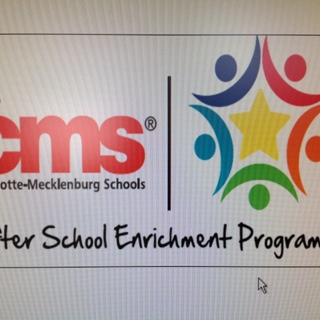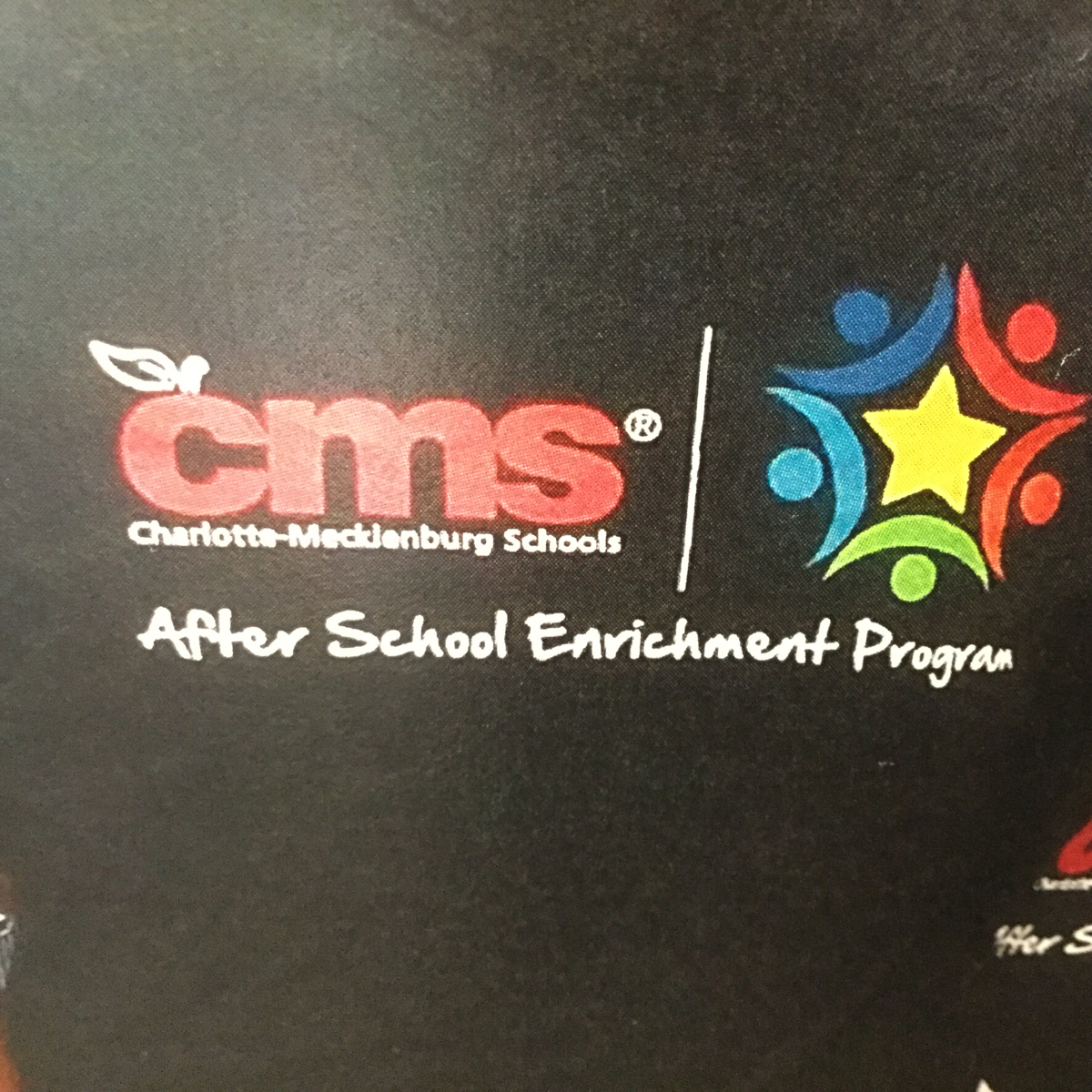Information
-
Audit Title
-
Document No.
-
Client / Site
-
Conducted on
-
Prepared by
-
Location
-
Personnel
-
Section A: Baseline Measures: ALL
-
The measures in this section are Health and Safety criteria that are expected to be met at all times, without exception. The following items from the Health and Safety Monitoring Checklist will be monitored during the on-site visit as a part of the evaluation process.
-
The Health and Safety criteria will be rated as follows: Compliant or Non-Compliant (NC)
Section A: Physical Environment/Facilities
-
1. Child Care License is current
-
2. Health Sanitation Certificate is current
Center Operations
-
Total Number of Classrooms Visited or Observed:
-
Total Number of Staff Observed:
-
3. Outside environment is clean and free of litter
-
4. Inside common areas are clean and free of clutter
-
5. The agency's mission statement and values are posted
-
6. Staff/Visitors are required to sign-in upon entering
-
7. Licensing and EHS/HS ratios are maintained at all times<br>
-
8. All kitchen equipment is properly cleaned after usage
-
9. No evidence of pest infestation
-
10. Children and parent's information are kept confidential
-
11. Staff are courteous and attentive
-
12. Staff/Visitors are required to wear ID badges/name tags
-
13. Hand washing signage is posted by all adult and child sinks
-
14. Teachers were observed following hand washing procedures
-
15. Teachers were observed following diapering procedures
-
16. Classrooms are stocked with soap, paper towels, toilet paper
-
17. Tooth brushing conducted as posted on daily schedule
-
18. Family style dining was observed during meals
-
19. Tables were sanitized prior to and after meals
-
20. Kitchen staff are wearing hair nets and gloves
-
21. Temperature logs (food, dishwasher, refrigerator and freezer) completed
Health and Safety Monitoring
-
22. Evidence that daily classroom H/S checklists are being completed and monitored in all classrooms
-
23. Evidence that CD Daily H/S checklist is being completed with appropriate follow up as necessary
-
24. Evidence that daily Playground H/S checklist is being completed with appropriate follow up as necessary
-
25. Evidence of monthly Program H/S checklist are completed and followed up on as necessary
-
26. Evidence of monthly Operations H/S checklist are completed and followed up on as necessary
-
27. Evidence of Licensing follow up as necessary
Section B: Quantitative Measures:
-
The measures in this section are compliance and outcome based measures that are consistently monitored on our MBI, MBI+, and MBO. For the purpose of this evaluation, a year to date trend analysis will be conducted at the time that the Center is being formally evaluated.
-
In your review of MBI and MBI+ data:
-
* For areas in which we are Beginning, is there clear documentation as to why and what has been done about it?
-
* For areas in which we are Implementing/Mastering, does the documentation in children's files confirm the MBI/MBI+?
MBI CRITERIA
-
Total Enrollment
-
Average Daily Attendance
-
Chronic Absence
-
Past Due Health and Nutrition Requirements
-
Past Due Developmental and SE Screenings
-
Failed Developmental and SE Screening without follow up
-
Failed Health Events without follow up in 30 days
-
Disabilities Concern without follow up in 30 days
-
Completed Home Visits
-
Completed Parent/Teacher Conferences
-
Completed Family Partnership Agreements
MBI+ CRITERIA
-
Children with IEP & Case Conferencing Staffing
-
Families who have participated in PC Meeting
-
Lead Teachers with Coaching Partnership Agreement
-
Emotional Support CLASS Scores
-
Classroom Organization
-
Instructional Support
Section C: Qualitative Measures
-
The foundation of the Center Success Criteria is the qualitative measures that are included within this evaluation tool. The categories in this section will be scored within a rubric, which is designed to be developmental in nature. It is expected that each center leader will be stronger in some of the criteria than others, and that there will be continued growth and development.
Center Directors as Administrators and Collaborative Leaders (IMPLEMENTING INDICATORS EXCEPT ANECDOTAL RECORDS)
-
A. Record Keeping and Human Resources
-
INADEQUATE: There is evidence that one or more of the following is true: 1) Master Binders have 2 or more sections identified as having a concern. 2) 90 Day and Annual Performance Appraisals have been completed on time for less than 80% of all employees, 3) New Employee Orientation guides are fully completed on time for less than 80% of all new employees. 4) CD does not utilize HRB to effectively monitor and document PTO; HRB is not reflective of PTO taken within the last 30 days prior to audit.
-
IMPLEMENTING: There is evidence that all of the following are true: 1) The Master Binders has no more than one section identified as having a concern. 2) 90 Day and Annual Performance Appraisals have been completed on time for more than 80% of all employees. 3) New Employee Orientation guides are fully completed for more than 80% of all new employees. 4) CD utilizes HRB to effectively monitor and document PTO; HRB reflects all PTO taken two weeks prior to audit.
-
MASTERING: There is evidence that all of the following are true: 1) The Master Binders do not have any identified sections as having a concern. 2) 90 Day and Annual Performance Appraisals have been completed on time for 100% of all employees. 3) New Employee Orientation guides are fully completed for 100% of all new employees. 4) CD utilizes HRB to effectively monitor and document PTO; HRB reflects all PTO taken up to the week of the audit.
-
B. Case Conferencing
-
INADEQUATE: There is evidence that the following is true: 1) There is no documentation of case conferences held for children with chronic health conditions, IEP/IFSP's or challenging behavior taking place within Center. 2) There is no documentation that Center staff have convened case conferences for families in crisis or with high levels of identified need.
-
IMPLEMENTING: There is evidence for the following criteria: 1) There is documentation of conferences being held 75% of the time for children with IEP/IFSP's or challenging behavior. 2) There is documentation of conferences being held 100% of the time for children with chronic health conditions requiring medication administration during the school day. 3) There is documentation of case conferences held for some families in crisis or with high levels of identified need.
-
MASTERiNG: In addition to meeting ALL benchmarks under "Implementing" there is evidence for all of the following: 1) There is documentation of a follow-up conference being held with parents of children with IEP/IFSP's or challenging behavior to maintain ongoing communication and support. 2) There is evidence of a consistent system of case conferencing in place with Service Area Leadership to provide ongoing support for families in crisis or with high levels of identified need.
Center Directors as Educational Leaders (BEGINNING INDICATOR: REVIEW LESSON PLANS)
-
A. Using Other Professional Development Strategies: Reviewing Lesson Plans, Modeling Teaching Techniques, Visits to Model Classrooms and Mini-workshops
-
INADEQUATE: There is evidence that one or more of the following is true: 1) CD does not consistently review lesson plans. 2) CD does not implement other PD strategies.
-
BEGINNING: There is evidence for the majority of the following criteria: 1) Lesson plans are reviewed timely. 2) CD sometimes implements some of the other PD strategies: modeling teaching, setting up visits to model classrooms, and/or conducting or arranging for mini-workshops.
-
IMPLEMENTING: There is evidence for all of the following criteria: 1) Lesson plan reviews are substantive and help teachers improve their teaching and modifications and adaptations of the curriculum. 2) CD sometimes models teaching techniques when a teacher or teaching team seems unable to implement the specific techniques modeled. Teachers are provided with highly specific guidance on what to observe. 3) CD sometimes arranges visits to other classrooms to highlight specific teaching techniques when a teacher or team seems unable to implement the specific techniques. Visiting teachers are provided with observation foci and opportunities to discuss the modeling. 4) CD sometimes presents mini-workshops or arranges for a mini-workshop on topics needed by all or some teachers in the center. This is determined using aggregate data such as CLASS, TSR or based on teachers having requested a common coaching focus.
-
MASTERING: In addition to meeting all benchmarks under "Implementing" there is evidence for ALL of the following: 1) CD regularly models teaching techniques when a teacher or teaching team seems unable to implement the specific techniques modeled. Teachers are provided with highly specific guidance on what to observe. 2) CD regularly arranges visits to other classrooms to highlight specific teaching techniques when a teacher or team seems unable to implement the specific techniques. Visiting teachers are provided with observation foci and opportunities to discuss the modeling. 3) CD regularly presents mini-workshops or arranges for a mini-workshop on topics needed by all or some teachers in the center. This is determined using aggregate data such as CLASS, TSR or based on teachers having requested a common coaching focus. 4) CD promotes educational leadership in the teaching staff by scaffolding peer-to-peer coaching with careful consideration to the "match" and in carefully orchestrating teachers to mentor other teaching staff.
Section D: Findings and Follow Up Steps Required
Issue
-
Issue Identified
-
Action Required
-
By Who
-
By When
Issue
-
Issue Identified
-
Action Required
-
By Who
-
By When
Issue
-
Issue Identified
-
Action Required
-
By Who
-
By When
Issue
-
Issue Identified
-
Action Required
-
By Who
-
By When
Issue
-
Issue Identified
-
Action Required
-
By Who
-
By When
-
Add signature












